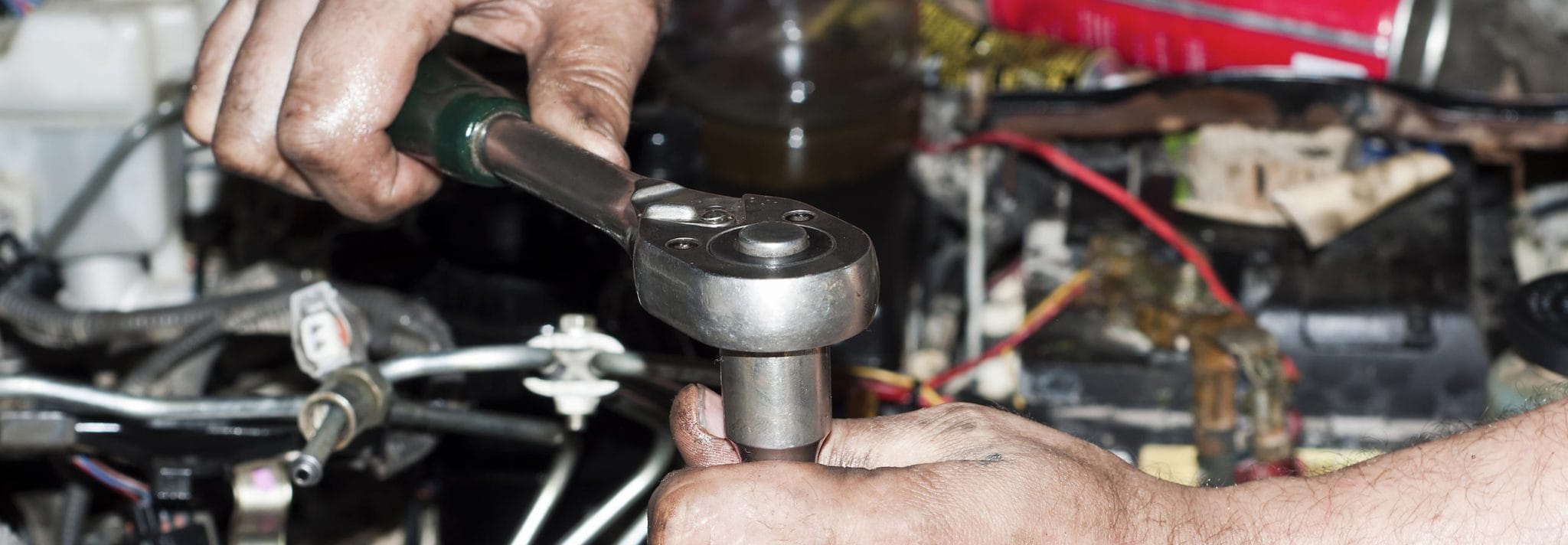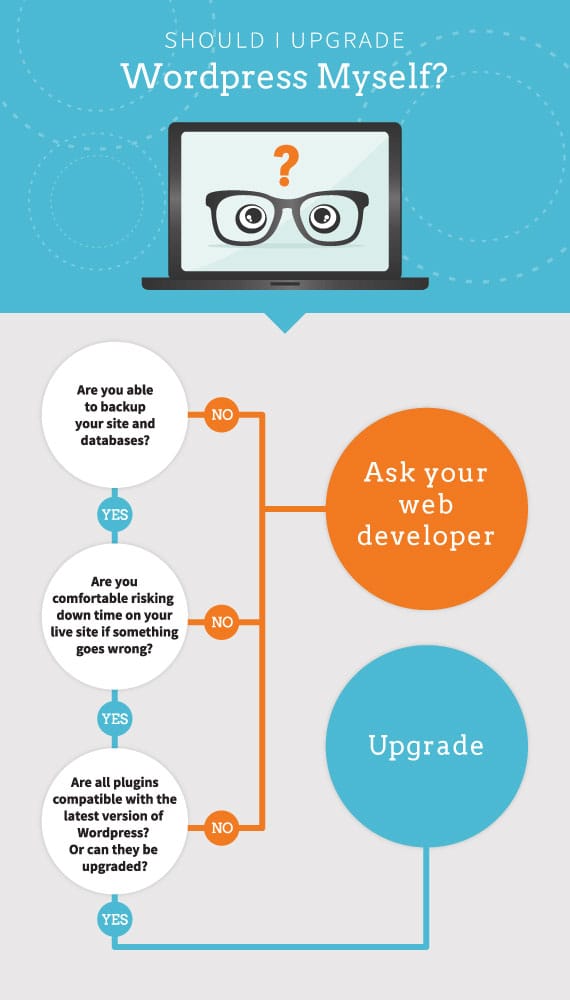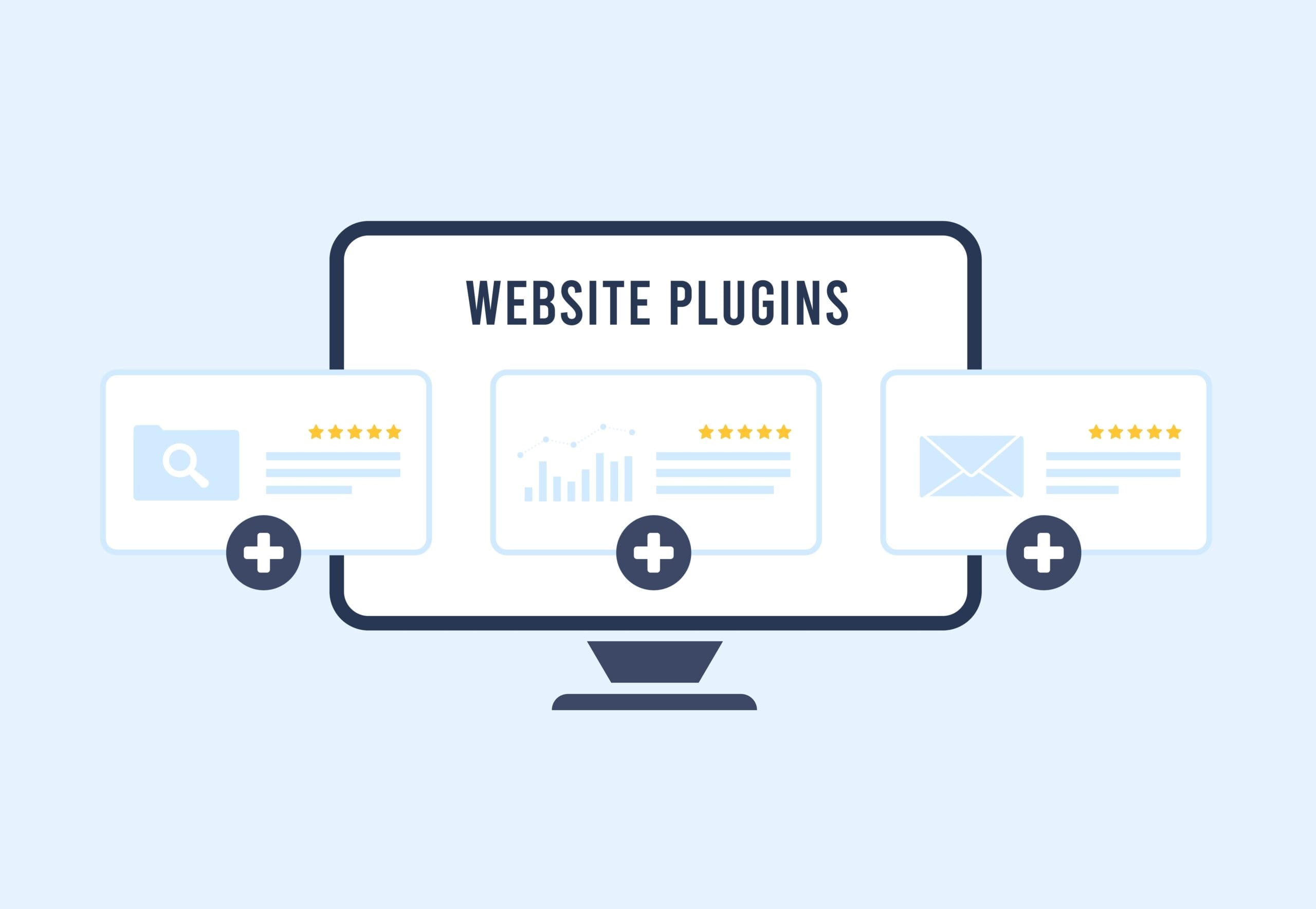Why updating WordPress is important
In order to keep your website running well, secure against new hacking techniques, and compatible with industry standard practices, WordPress and plugin developers regularly release updates to their code. These updates patch newly identified security holes and optimize your website behind the scenes. Like a vehicle’s maintenance schedule, following prescribed website updates extends the life of your site and protects you and your customers.
WordPress typically releases 5-7 updates a year, several of them are considered major updates which can change some core functionality of your site. When these types of changes are made to the core of your site, it is important to test them offline before pushing them live to your public facing site.
When and how to update WordPress
WordPress has a built in update alert system, the WordPress core and active installed plugins will check their version numbers against the latest available from their creator’s. If the numbers match you won’t see the update option. If not, you will see a message that a newer version of that plugin is available for download.
Fortunately WordPress’ update alert system takes the guess work out of what needs updating. Unlike putting your car on jack stands and sticking your head underneath to see what might be making that noise. Developing an action plan regarding your update process now is an important step in ensuring your website doesn’t experience down time. The first question to ask is who will be doing the updating?
In recent releases’ WordPress has made much needed improvements in the update process; making it much easier and more intuitive to perform these updates on your own. While it’s wonderful these options are there, before clicking update, it’s good to consider what’s going to happen and what your plan is if something goes wrong.
Action Plan – Updating WordPress
Just like bringing your car down to the shop, your web developer can perform these updates in their offline development environment and test for possible issues that might arise.
Then again, there is always the option of DIY. I am a strong believer that with the right manual, we have the capacity to understand and accomplish anything (I owe this to my Dad for always making me read the instructions). WordPress offers an in-depth guide to updating, which walks you through the recommended upgrading process. While it is a magnificent guide, it assumes the reader has a fundamental understanding of web technologies and jargon. We put together a much cleaner guide for the upgrade process:
TL;DR – Quick Facts
How will I know I have to update?
You will receive notifications on the top of your WordPress administration dashboard when updates are available. Additionally, if you can contact your developer directly, and they can always check if any updates need to be applied to your site.
How often will updates be released?
How often updates get released, and how small or large the changes are, can vary, and are dependent on the purpose of the update. Because of this, developers can’t give you a set schedule of when updates need to be addressed. WordPress core updates have been averaging about 5-7 a year.
How much will it cost to have my developer make an update?
How fast updates can be installed is dependent on a few factors: the scope of the update’s changes, the complexity of your website and how recent your current version is. For a majority of sites, 1-3 hours is sufficient for most updates.
Can I do the updates myself?
If you do not have development experience, we strongly recommend you let your developer perform the updates. Performing updates on your live website code puts you at risk for having parts of the code break, causing issues with website functionality.





